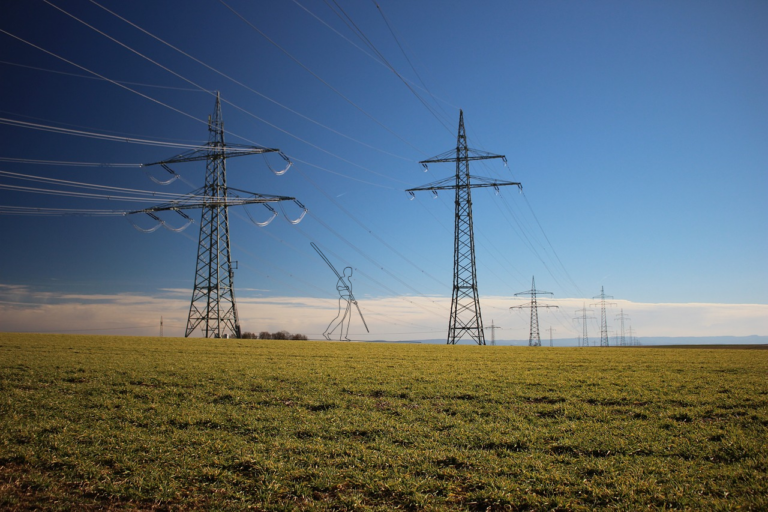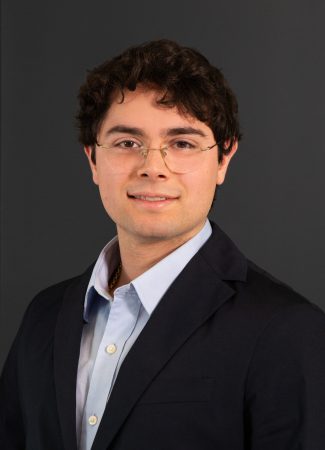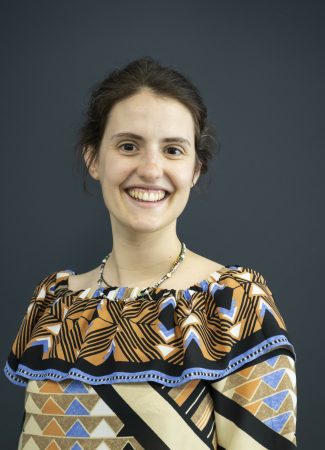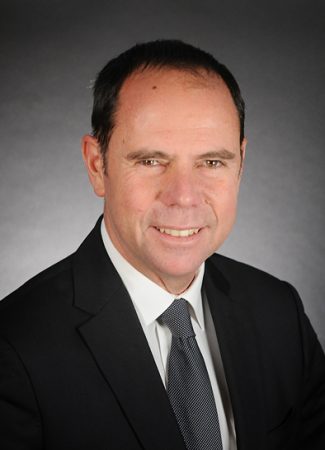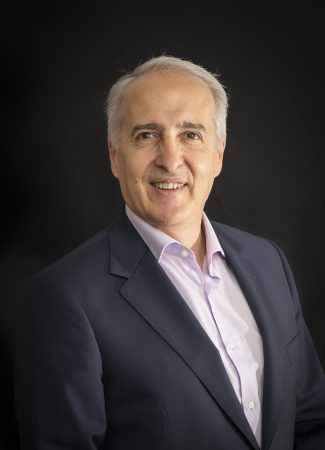Although the common belief now is that the debate on the post-ARENH system is as old as the ARENH itself, we must still recognise that the question has taken on a new dimension since the oft-mentioned glass ceiling of 100TWh was shattered (since the 2019 supply year). Further, we need to acknowledge that, following the ‘yellow vest’ crisis, the most recent Energy and Climate Law of 8 November made it possible to raise this ceiling to 150TWh and reaffirmed in the energy code that this ceiling is established ‘in order to contribute to the stability of prices for the end consumer.’ The government, which, due to ‘fear of Brussels’ and with a certain degree of illegality, did not raise this ceiling, therefore broke ground on the Nouvelle Régulation du Nucléaire Existant (NoRéNE) [New Regulation on Existing Nuclear Power] with an online consultation that opened on 17 January.
While the debates seem to have started with cool heads prevailing, the coronavirus health crisis is turning up the heat.
Let’s briefly look back at the proposed mechanism presented in the consultation document:
These principles were meant to be a response to a road map with the aim of ‘guaranteeing that all consumers are protected against rising market prices beyond 2025 by allowing them to enjoy the competitive advantage relating to the investment made in the historic nuclear fleet, all while giving EDF the financial ability to ensure the economic sustainability of its means of production in order to meet the needs of the PPE [multi-year energy programme] under low-price scenarios’.
In terms of their economic impact on consumers, these positions could have been summed up with the slogan: ‘ARENH for all! Yes, but it’s not optional’.
When it comes to implementing rules, we encountered a combination of legal arrangements that allowed us to (with nostalgia?) revisit some of the significant mechanisms which interspersed the first twenty years of the opening of the energy markets to competition (i.e. the past twenty years):
- Nuclear power can be placed on the market through auctions that could be reminiscent of those held between 2001 and 2003.
- Financial compensation for suppliers could recall the TaRTAM mechanism (2006)
- The level of compensation is also drawn quite directly from the complementary remuneration mechanisms implemented in 2015.
- A new price corridor is being introduced. If this idea seems to be somehow favourable in Brussels (and in Germany: there are some references to the corridor in their future carbon tax), it is far from being unanimous (especially with the corridor width of €6/MWh as presented) among the players, some of whom, such as the UFE [French Electricity Union], are wondering about ‘the relevance of implementing a price corridor as opposed to a fixed price level, particularly with regards to the objective of price stability’.
- Volumes could be determined ex post, based on the current ARENH rules (average power in summer off-peak hours adjusted by a calibration coefficient).
The only major question that still seemed to be outstanding was that of the price, or prices if we’re talking about the floor and the ceiling (remember that the decree establishing the methodology never saw the light of day), and some preventive criticism have already been raised on whether the costs of Flamanville 3 would be taken into account.
But today, in the midst of the coronavirus crisis, it’s the volume-capacity issue that is now at the heart of the debate, while trajectories for consumption growth (assumed to be flat) and production by sector seem to be firmly established (although a certain number of players underlined that the price issue should also factor in the capacity value embedded in the ARENH on the capacity guarantees market).
Faced with the sharp decline of consumer numbers, alternative suppliers were quick to request that the force majeure clause be applied and referred the Conseil d’État to the CRE [Energy Regulatory Commission]’s refusal to share with RTE [the French Transport System Operator] the changes in ARENH volumes delivered by EDF to those suppliers who had decided to activate this force majeure clause. Following the CRE’s deliberation on 26 March and a decision by the Conseil d’État on 18 April, the Tribunal de Commerce [Commercial Court] will certainly be the one to have the last word on the merits.
For its part, in its press release of 16 April, EDF revised its annual estimate of nuclear power production to factor in the health crisis. This announcement was more or less foreseeable and expected. However, while players were planning for a drop in production in 2020 (now re-estimated at 300TWh), EDF’s new target is lower than anticipated, which is also just as true for the forecasts for the years 2021 and 2022 (estimated at between 330 and 360 TWh).
Of course, these volume-capacity effects are echoed in market prices: Brent has fallen from €60 to €20/bbl, spot gas prices are down to €5/MWh, EUAs (‘CO2’) prices dropped from €25 to €16 before bouncing back up to €21, and Calendar 2021 baseload electricity saw fluctuations of more than €5 in less than a month (the steep rises also following EDF’s 16 April press release).
Although EDF, in another press release dated 21 April, welcomed the decision of the Conseil d’Etat, the French operator of nuclear power plants also took the opportunity to reassert the need for a regulatory reform that allows for a fair remuneration of existing nuclear power production and, by contributing to climate preservation, for being a competitor in the energy transition.
The construction project was just beginning, and it shouldn’t be reduced to the mere introduction of new acronyms such as NoRéNE and SIEG (Services of General Economic Interest).
Philippe Boulanger


